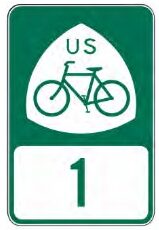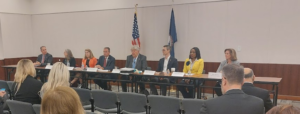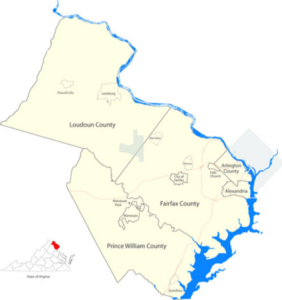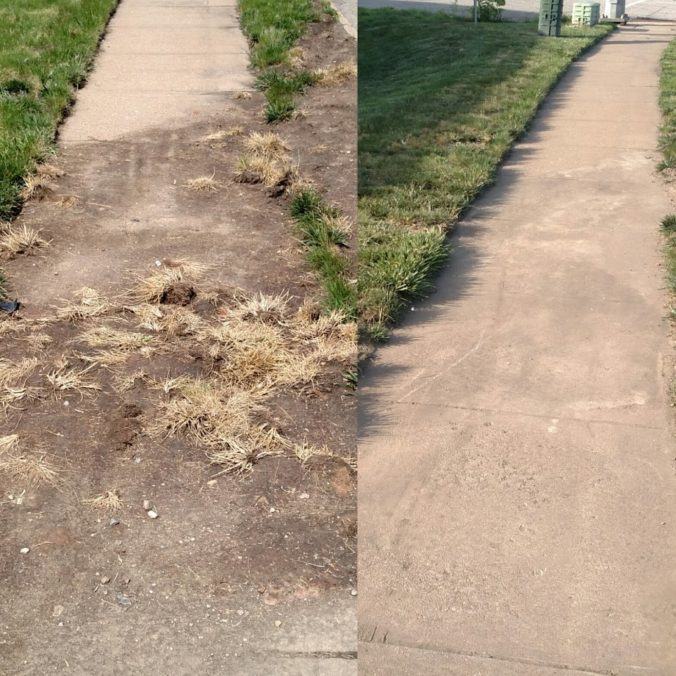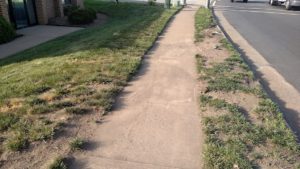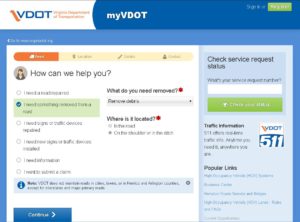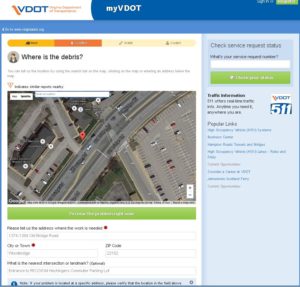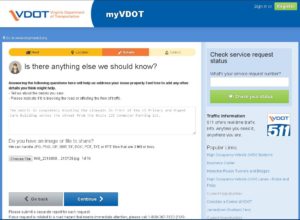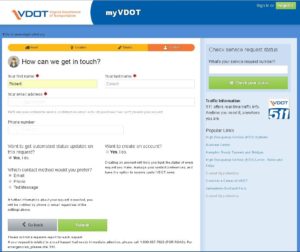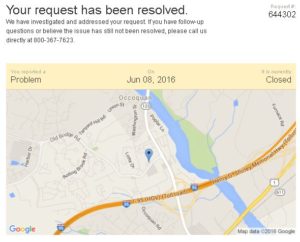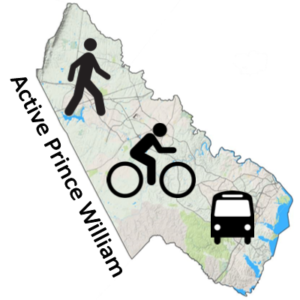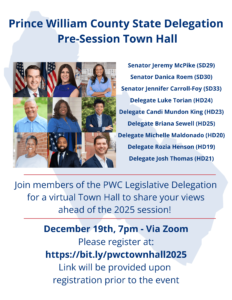
On December 19, 2024, the nine members of Prince William’s state legislative delegation depicted above held a pre-session town hall meeting to discuss their individual priorities for the coming legislative session and to hear from their constituents. Active Prince William Co-Chair Allen Muchnick, who has also served on the Virginia Bicycling Federation’s board of directors since 1994, presented the statement below to summarize the Federation’s current state legislative priorities.
Prince William State Legislative Delegation Pre-Session Virtual Town Hall, December 19, 2024, Statement of Allen Muchnick, Virginia Bicycling Federation
Good evening. I’m Allen Muchnick. I live in the City of Manassas, and I’m a long-time board member of the Virginia Bicycling Federation.
In recent years, the Virginia Bicycling Federation has focused on reforming Virginia’s traffic laws to improve the safety and comfort of people bicycling on Virginia’s roadways. Specifically, we have sought to remove dangerous and needless restrictions on bicycling two-abreast within a standard travel lane, to allow bike riders to treat stop signs as yield signs under limited circumstances, and to allow bike riders to start crossing a signalized intersection with the pedestrian Walk signal. Between legislative sessions, we met with VDOT and State Police representatives to find common ground and iron out bill language, and our bills have been well supported by the House and Senate Democrats. However, due to strong opposition emanating from the current Secretary of Transportation near the end of the 2024 session, we are not seeking such legislation for the coming Session.
Expanding the local authority for automated speed enforcement would be an effective way to reduce our current epidemic of traffic violence, especially pedestrian fatalities. With the increased use of speed cameras in school zones across Virginia, support has grown to allow automated speed enforcement at any high-crash location. We hope this expanded authority is enacted in 2025.
For the 2025 Session, the Virginia Bicycling Federation is currently seeking patrons to carry three pre-filed bills:
- A bill to establish point-of-sale rebates for electric-assisted bicycle purchases has been pre-filed by Delegate Thomas, who patroned a similar bill in 2024. E-bike rebates are currently in place in 10 states, and this bill, like others, would focus the rebate on low-income individuals. E-bikes have been found to effectively replace many local motor vehicle trips and to expand mobility options for low-income households.
- A second bill would tweak Virginia’s bicycling laws to overcome VDOT’s current objection to installing bicycle signals on two-way cycle tracks and shared-use paths.
- Finally, we seek an authoritative study by JLARC (or possibly the Virginia Transportation Research Council) to prompt VDOT to adequately and proactively maintain its pedestrian and bicycle facilities. To this day, VDOT has no dedicated funding or asset management program to adequately maintain its pedestrian and bicycle facilities, and it’s been 22 years since JLARC last completed a comprehensive assessment of VDOT’s highway maintenance and operations programs.
Thank you for your consideration and for this public comment opportunity.
